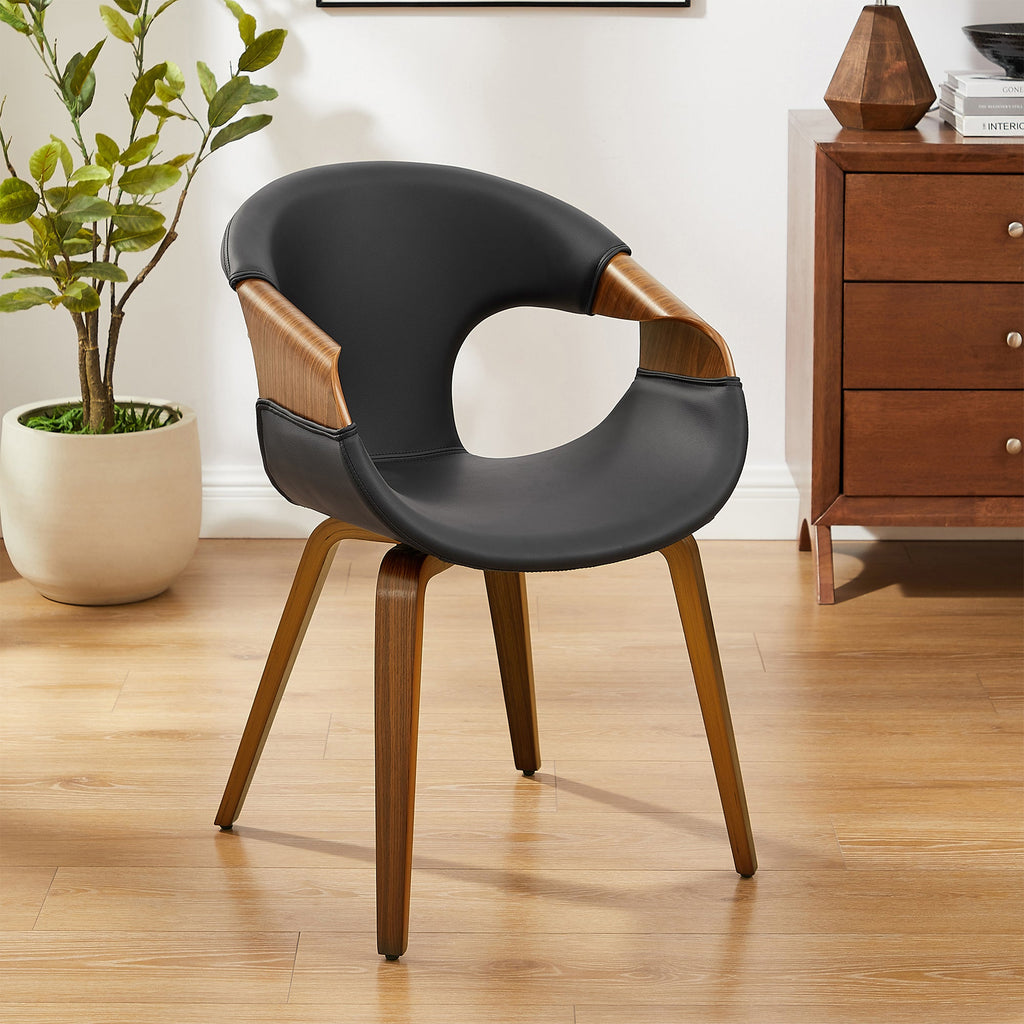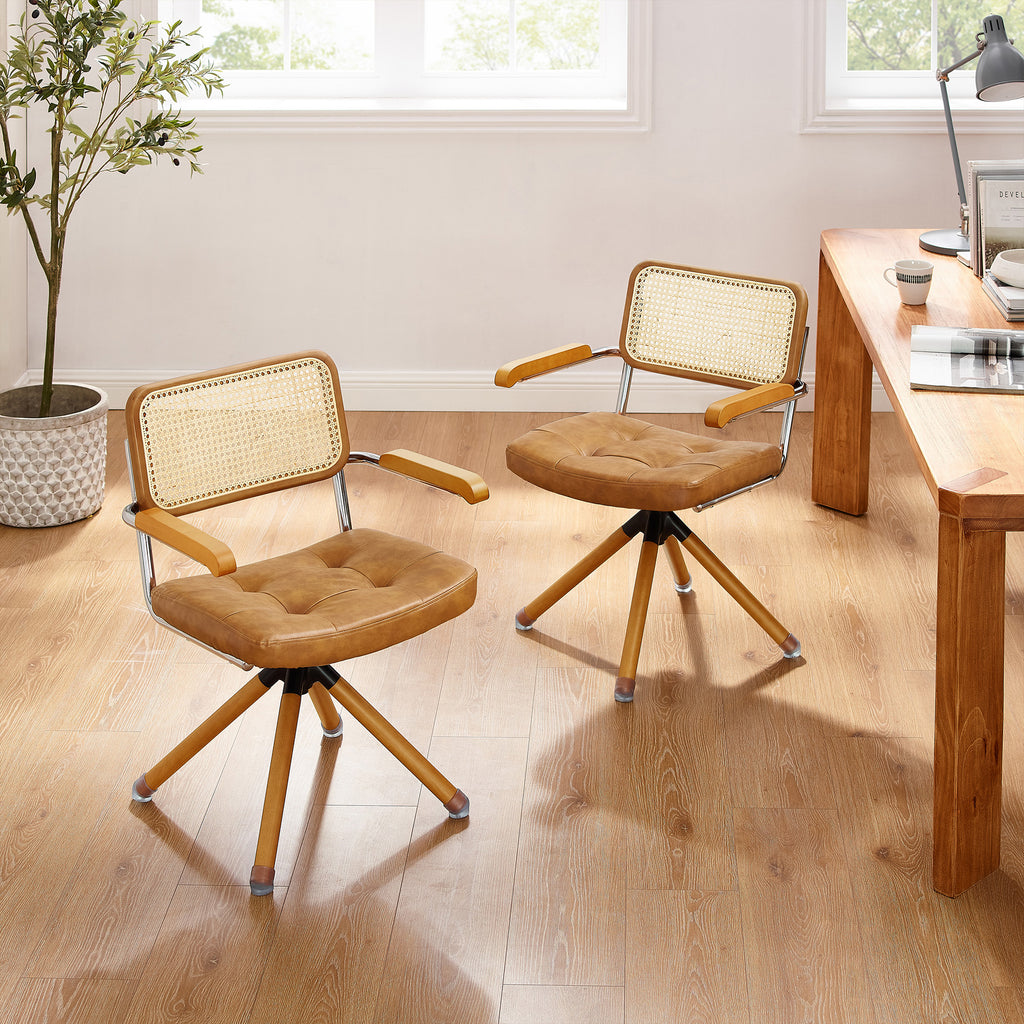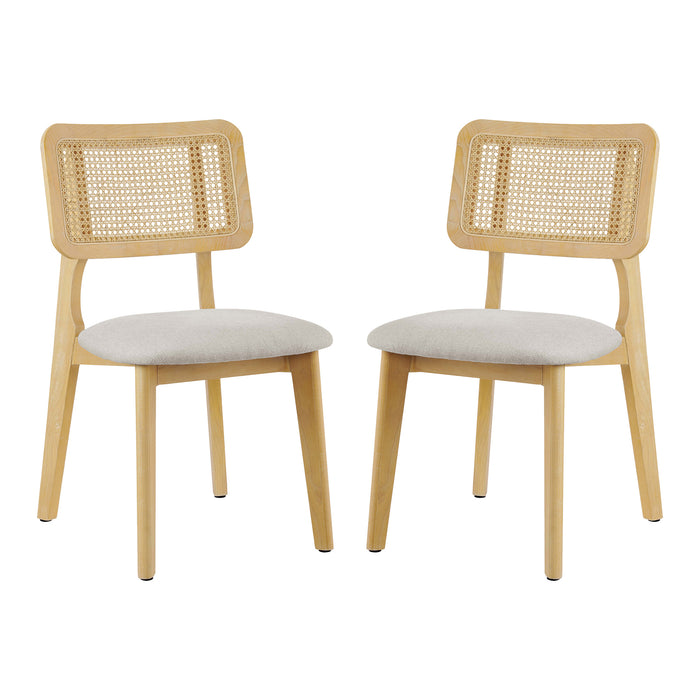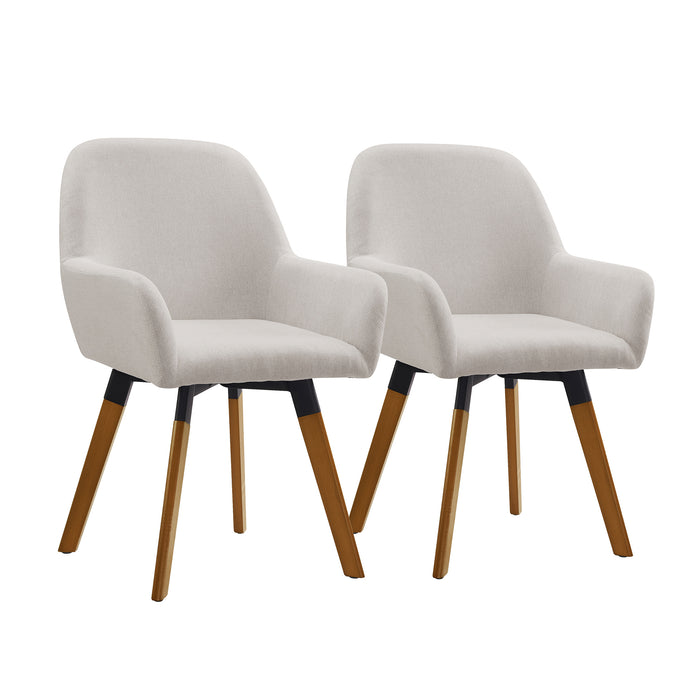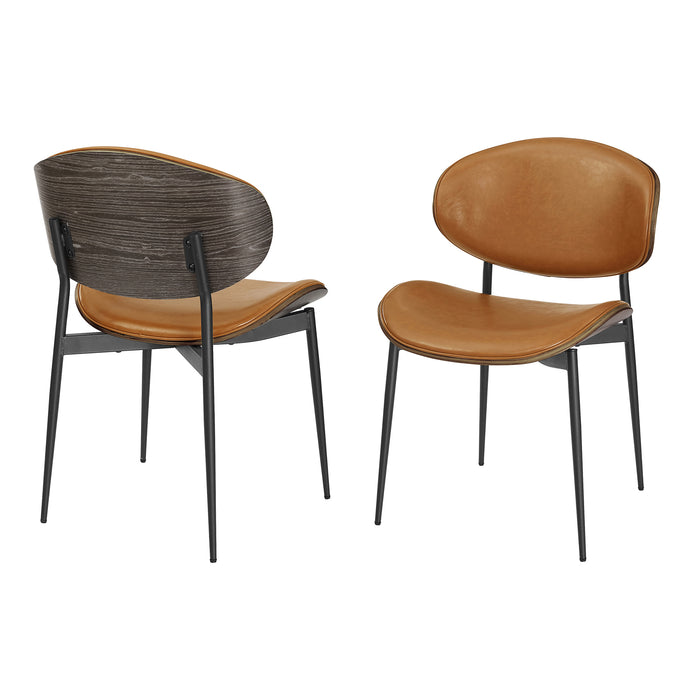
|
Contents[hide]
|
The Mid-century Modern (MCM) design movement that originated in the post-World War II era, primarily spanning from the mid-1940s to the 1970s, prominently features organic forms, clean lines, and a balance of function and aesthetics, epitomizing a sense of simplicity and natural shapes. This period-specific style is especially evident in one category of household fixtures - the mid-century modern dining chairs. These pieces embody the warm, natural tones of different wood varieties and showcase a harmonious integration of form and function. The color of wood plays an unmistakably pivotal role in defining the charm of the MCM style, adding to its vibrant and timeless appeal.
The Palette of Mid-century Modern Wood
-
Dominant Wood Types and Colors:
In the Mid-century Modern style, several wood types were predominantly used, each bearing a characteristic color palette. Teak, walnut, oak, rosewood, and birch were among the favorites.
Teak, hailing from Southeast Asia, was extensively used due to its durability, resistance to decay, and rich, warm hues varying from golden to medium brown.
Oak, both red and white varieties, is known for its heavy grain and light to medium brown color, which added an earthy touch to MCM designs.
Rosewood, though used less due to its expense, lent an elegant touch with its dark brown to dark purple hues and visually stunning grains.
Birch, affordable and widely available, presented hues of light yellow to reddish brown, offering a lighter option in the MCM setting.
-
Role of Wood Color:
The MCM style favors functionality and form over excessive ornamentation. The color of the wood elegantly dovetails into this design principle. Natural wood colors- predominantly warm earth tones, provide a sense of organic comfort. These colors complement other MCM elements like organic forms and minimalist lines, showing a respect for natural materials and bringing a sense of warmth and intimacy into the space.
-
Complementing Colors:
Mid-century Modern decor often uses a range of complementing colors alongside the natural wood tones. Vibrant hues and pastels, including mustard, avocado, orange, or softer tones like blues and pinks, often play off against the wood's color, contributing to a distinctive, harmonious MCM ambiance.
-
Design Features:
Mid-century modern dining chairs frequently include molded plywood, a technique that allows thin layers of wood to be shaped into complex curves. The Eames DSW Chair, for example, features this technique using birch or oak, demonstrating mid-century modern's fascination with new technologies and materials.
The diversity of wood colors in MCM dining chairs adds sophistication and interest. The strength of the furniture piece does not rely on decoration but the inherent beauty of the wood 's grains and tones.
We recommend:
In Conclusion
The wood colors in mid-century modern dining chairs emphasize a fundamental principle of the design aesthetic - the harmony between form and function. Whether it's the warm tones of teak for a grounded look or the lighter hues of birch for a fresher feel, these dining chairs continue to enjoy popularity for their timeless appeal and their testament to the wood's natural beauty.
